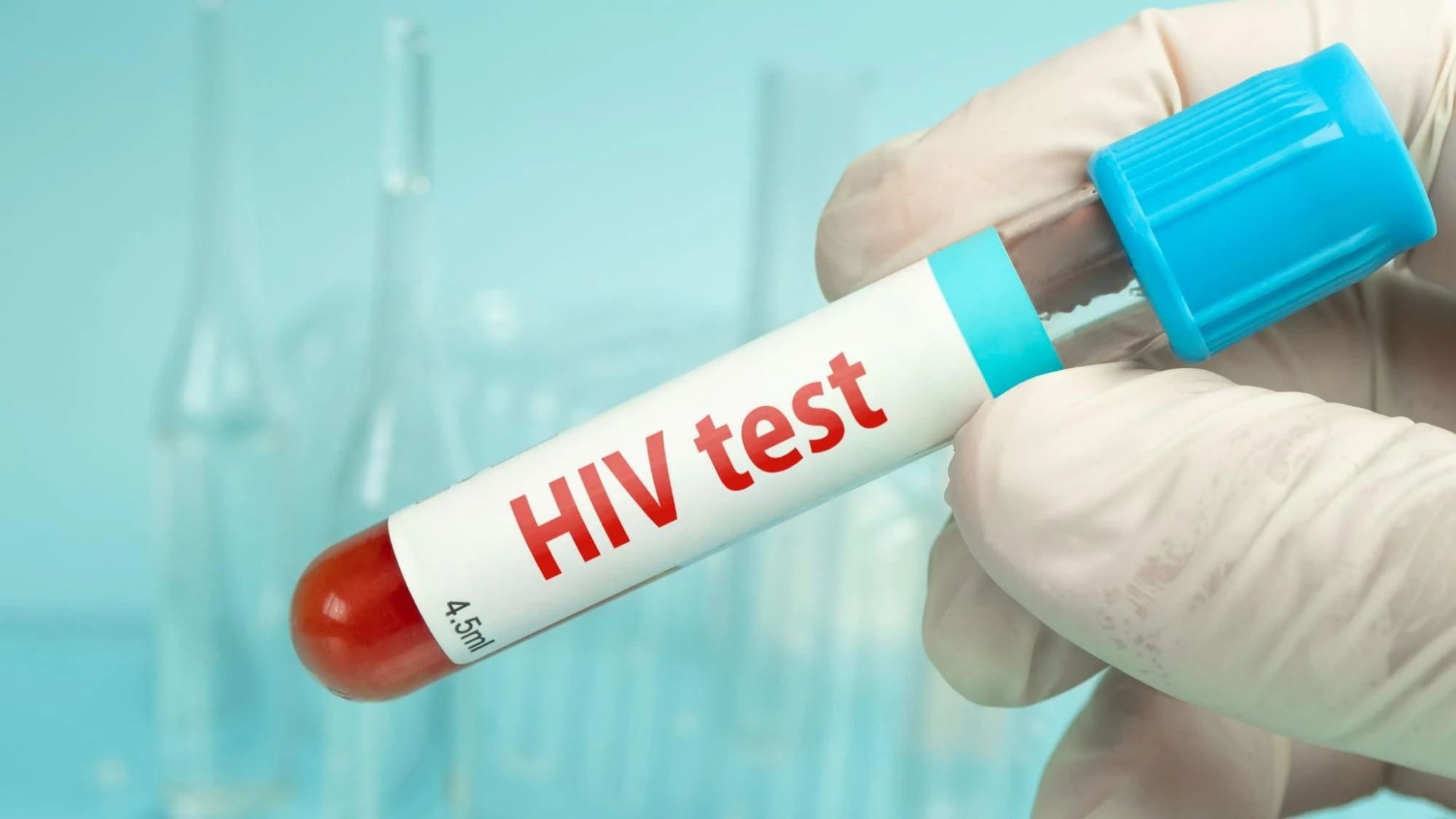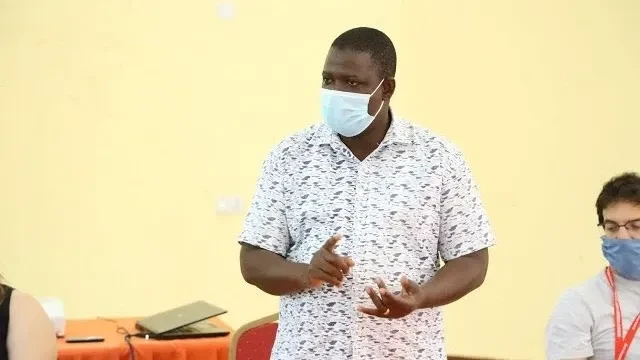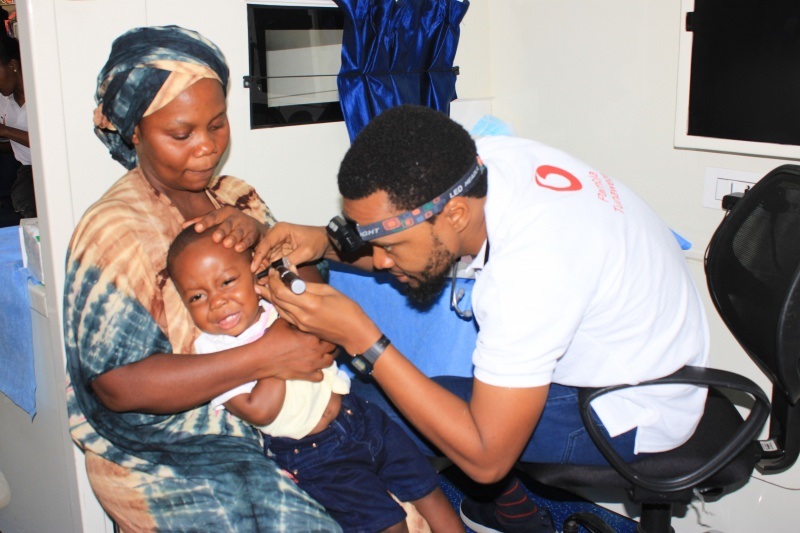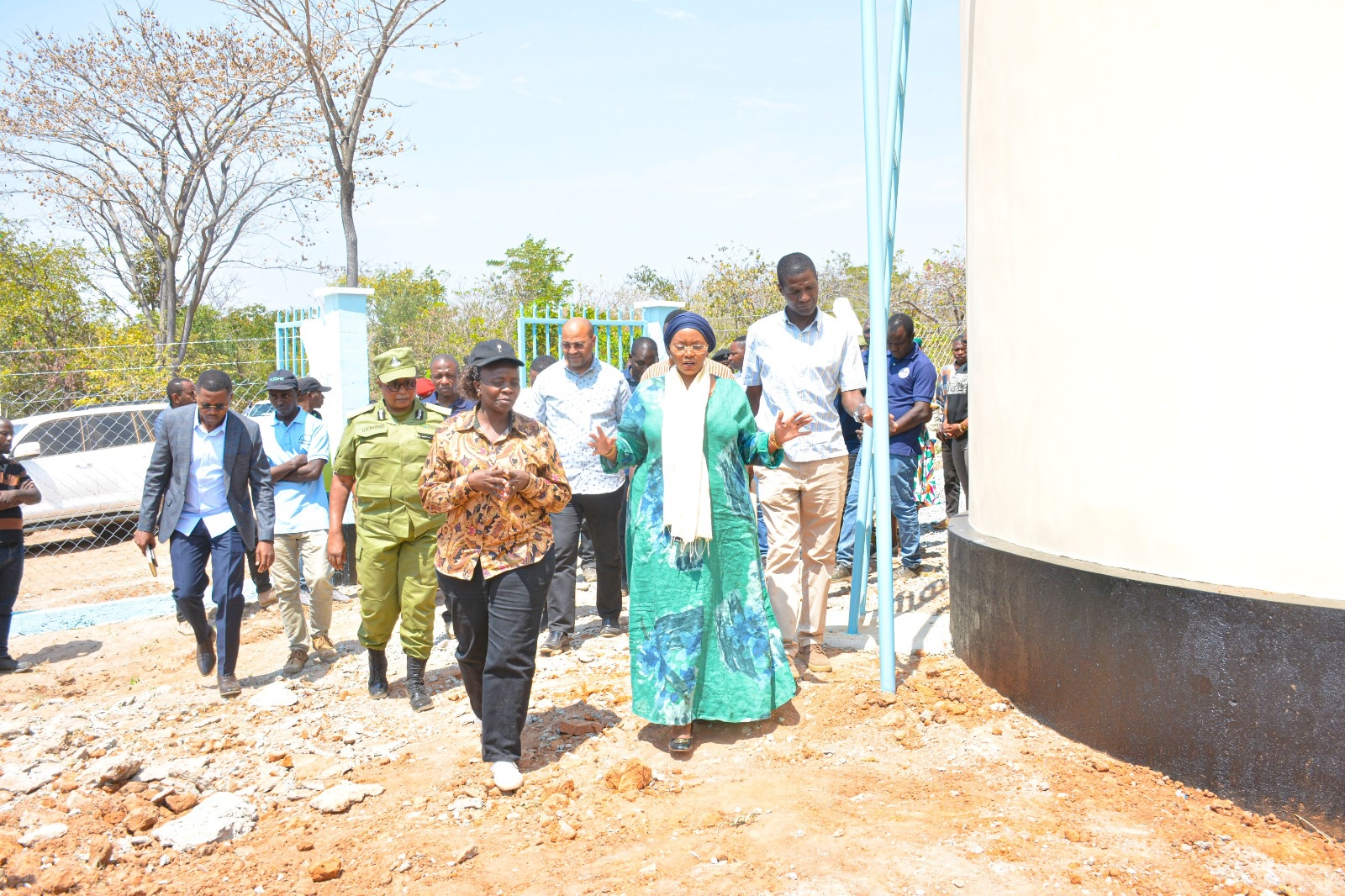‘Fewer children dying of HIV in rural areas’

FEWER children are clinically seen with advanced stages of the human immune-deficiency syndrome (HIV) and fewer are dying on that account, with widespread earlier diagnosis and improved access to treatment.
L.S. Moshi and James Okuma, lead researchers at the Ifakara Health Institute chronic diseases unit, worked on the study with the Swiss Tropical and Public Health Institute (Swiss TPH) and St. Francis Referral Hospital at Ifakara, supervised by Prof. Maja Weisser, a Basel University research scientist coordinating the study at the Chronic Diseases Clinic of Ifakara (CDCI) between 2005 and 2020.
The lead authors say that the new research findings are promising news in the fight against HIV in rural areas, after appearing in the journal HIV Medicine, with the study based on tracking nearly 2,800 children living with HIV, enrolled in care at the unit, and the regional referral hospital.
Over that period, researchers observed a marked decline in both disease severity and mortality, with the data clearly showing that timely diagnosis and prompt treatment can save lives, they said.
HIV remains a major cause of child mortality in sub-Saharan Africa, even as the study confirms what public health experts have long emphasized, that early HIV testing and swift initiation of antiretroviral therapy (ART) significantly reduces the risk of death, they reiterated.
“Children who started ART early had a much lower risk of dying,” they stated, highlighting that in the study’s early years (2005–2010), about 64 percent of children enrolled at CDCI were already in advanced stages of HIV (Stage III or IV).
By 2016–2020, that figure had dropped to 31 percent and over the same period, one-year mortality fell from 10.9 percent to 4.6 percent, they further noted, pointing out that the 15-year prospective study is among the most comprehensive looks at pediatric HIV care in a real-world, rural African setting.
Researchers followed 2,783 children under age 15, all newly diagnosed with HIV and enrolled in care at CDCI, the main site for the Kiularco cohort, supported by the institute and Swiss TPH, the authors noted.
Earlier diagnosis was that stronger prevention of mother-to-child transmission (PMTCT) programmes mean fewer children are reaching clinics at critical stages of illness, they say, as well as reaffirming that rapid treatment improves outcomes.
Children who began ART soon after diagnosis were far more likely to survive their first year of care, while it was also observed that effective systems make a difference. Ongoing care, reliable referral networks and structured follow-up at CDCI helped drive consistent improvements, they emphasised.
Despite the progress, the study underscores persistent challenges—particularly for children under five – noting that infants remain the most vulnerable, with higher rates of complications and mortality, especially if they arrive at clinics already seriously ill.
A key factor noted is delayed referral care, as many infants aren’t brought for early testing during delivery or postnatal visits and are only diagnosed once their health has deteriorated.
“Delayed referral to HIV care remains a major risk factor for death,” they stressed, appealing for routine HIV testing in under-five clinics, faster referrals to ART services and stronger postnatal follow-up to protect the youngest patients.
The study offers clear evidence that widening facilities in early testing and care are paying off, with fewer children dying and more being treated in time, such that rural Tanzania is making real strides in the fight against pediatric HIV.
“We’re seeing meaningful progress,” the study supervisor affirmed, insisting that health authorities must keep closing the gaps. “If we strengthen early testing, speed up treatment and support health workers even more children can survive—and thrive,” she added.
Top Headlines
© 2025 IPPMEDIA.COM. ALL RIGHTS RESERVED






















